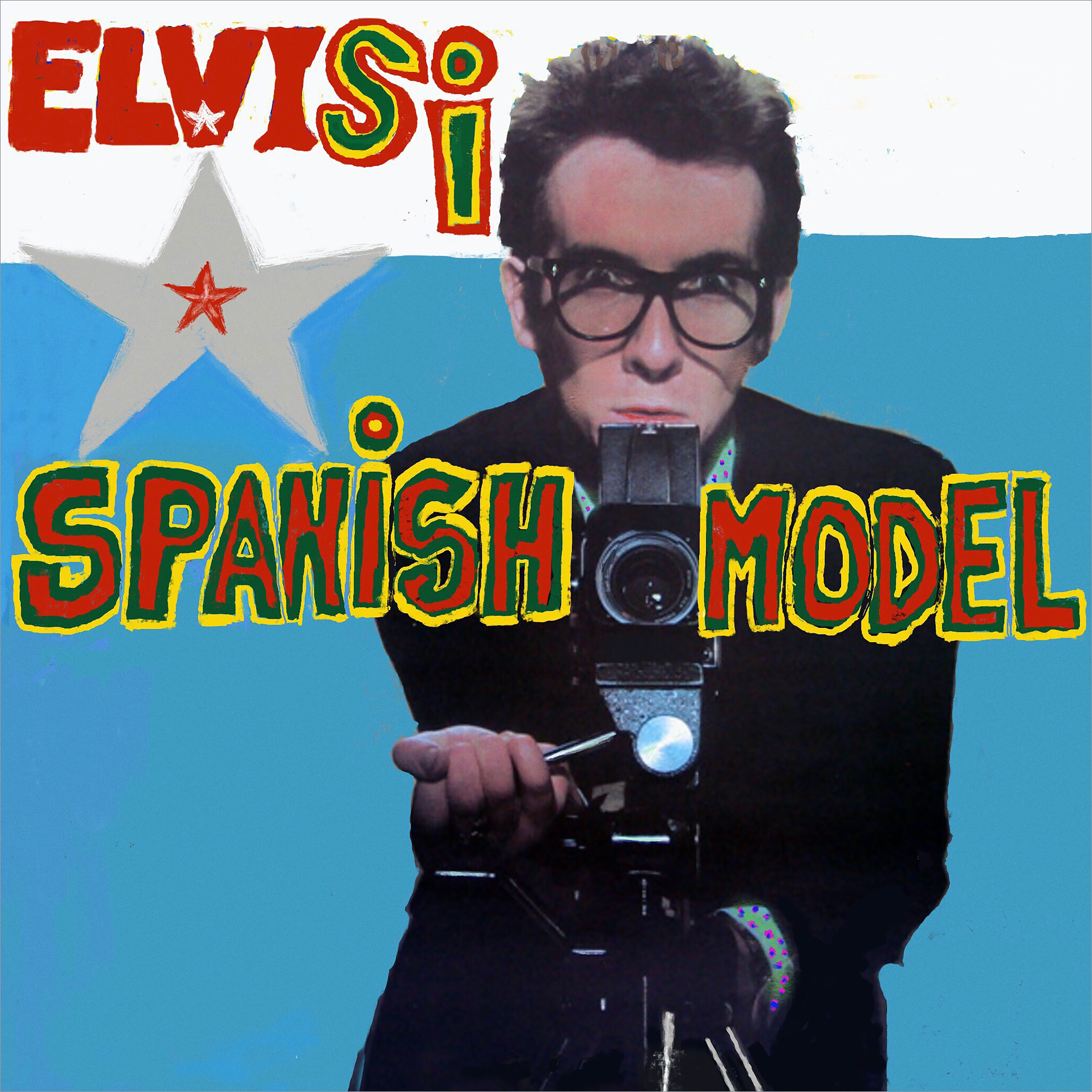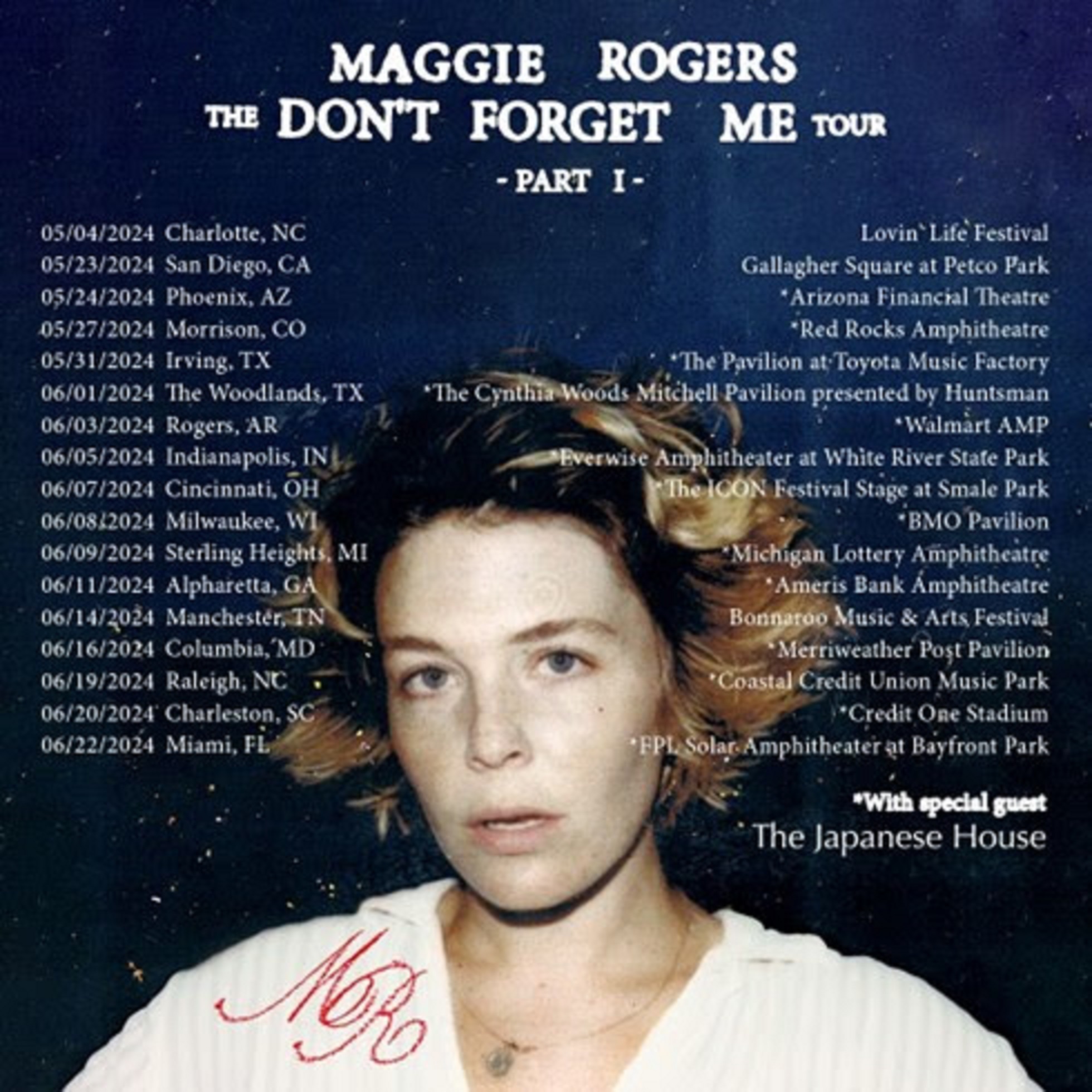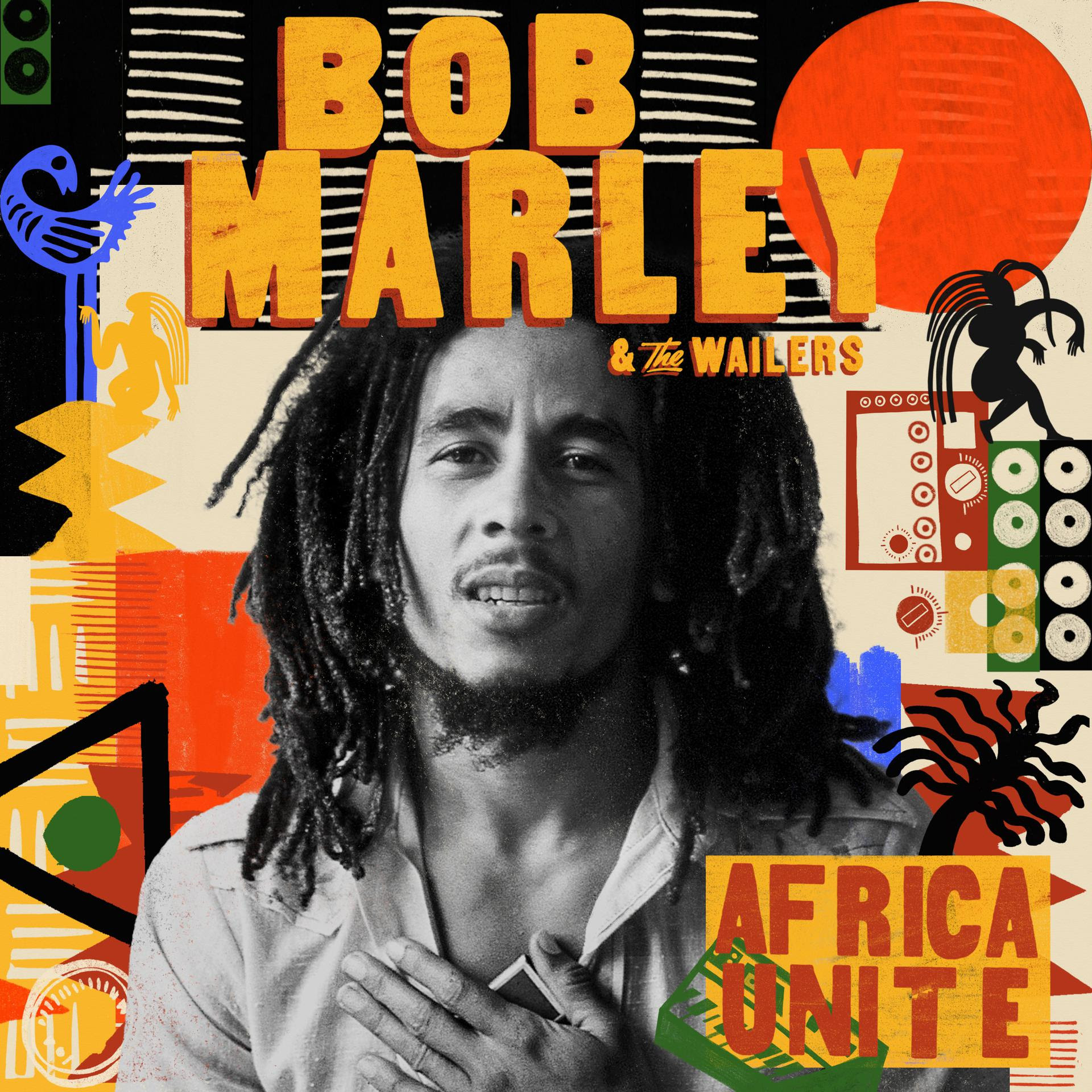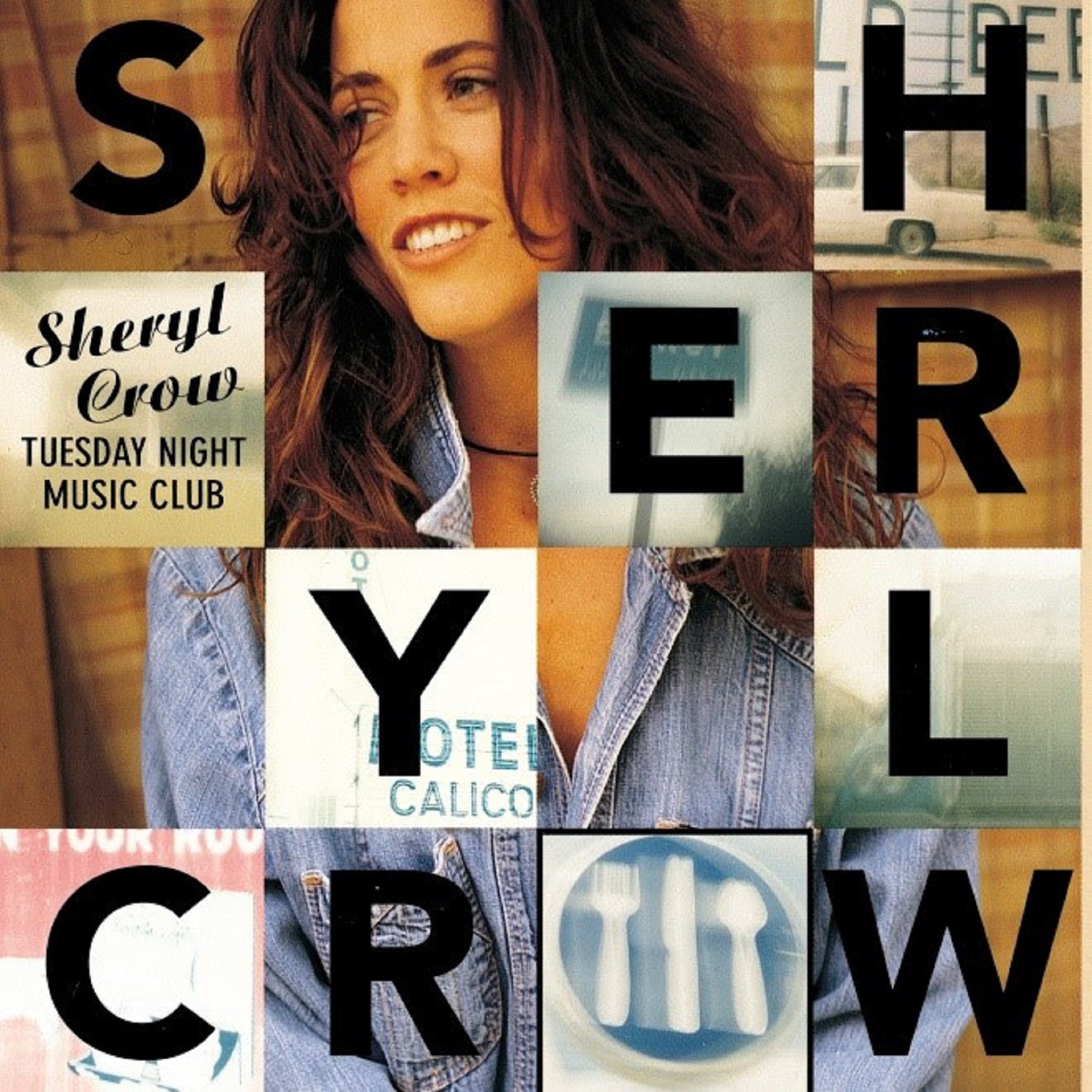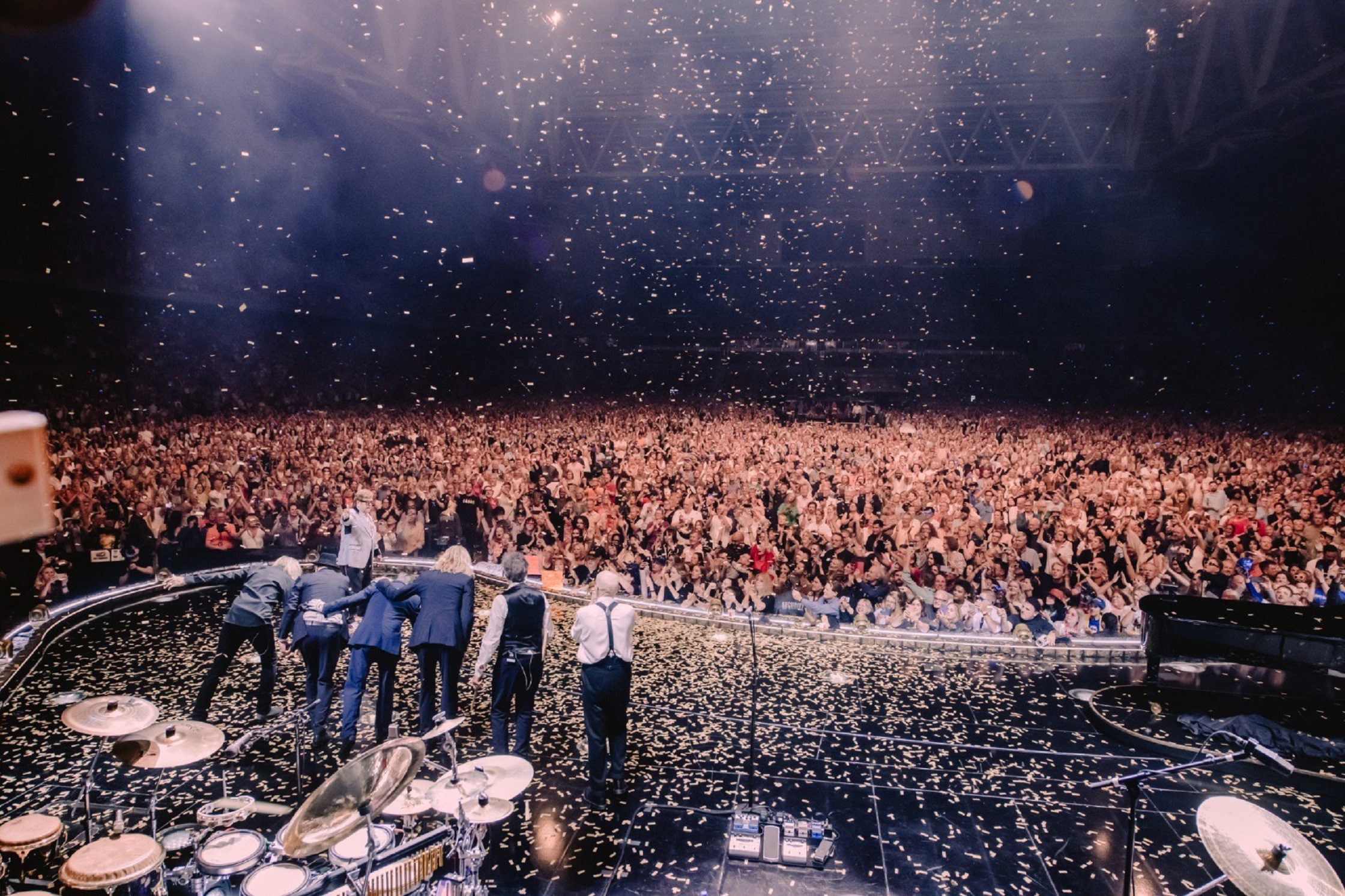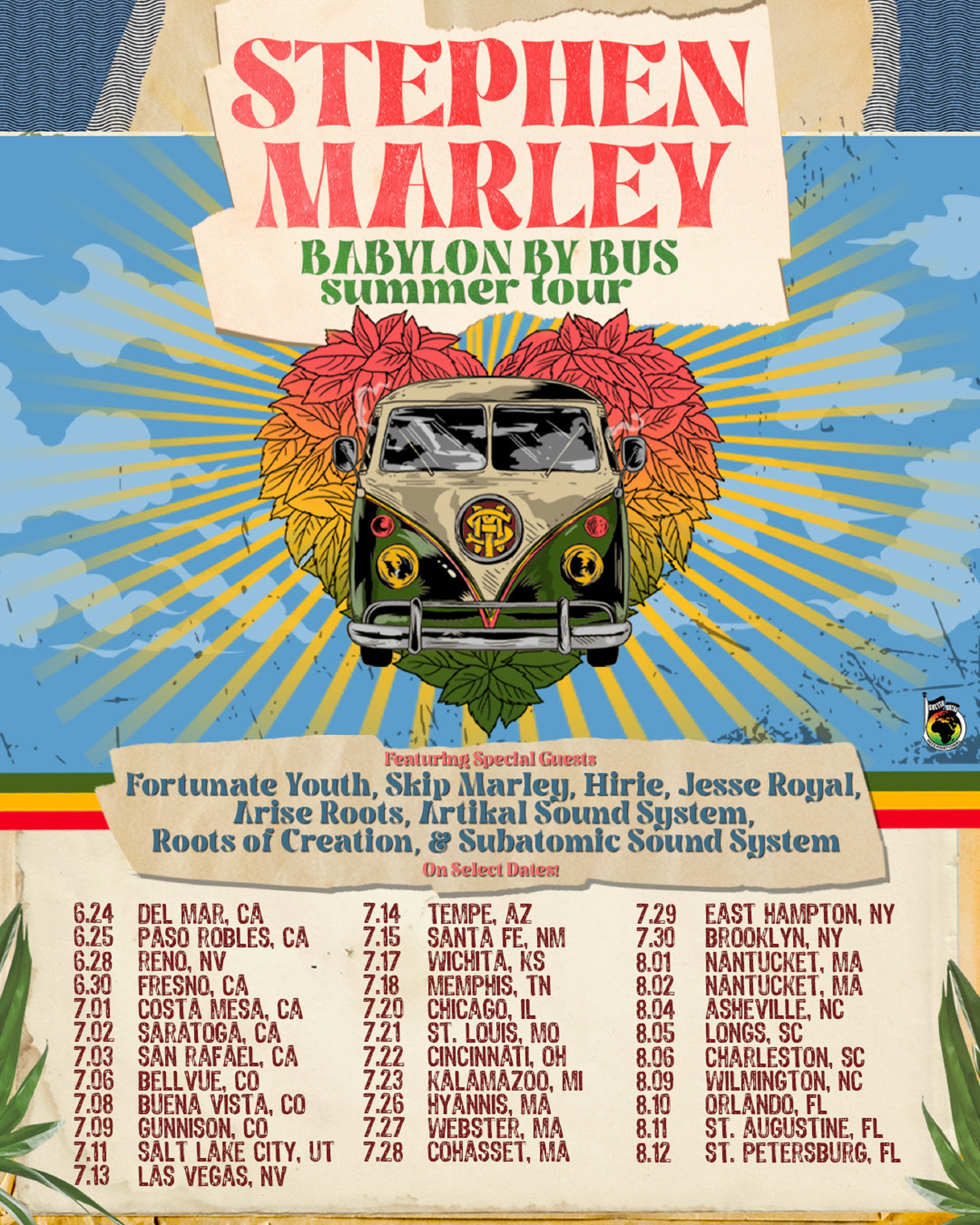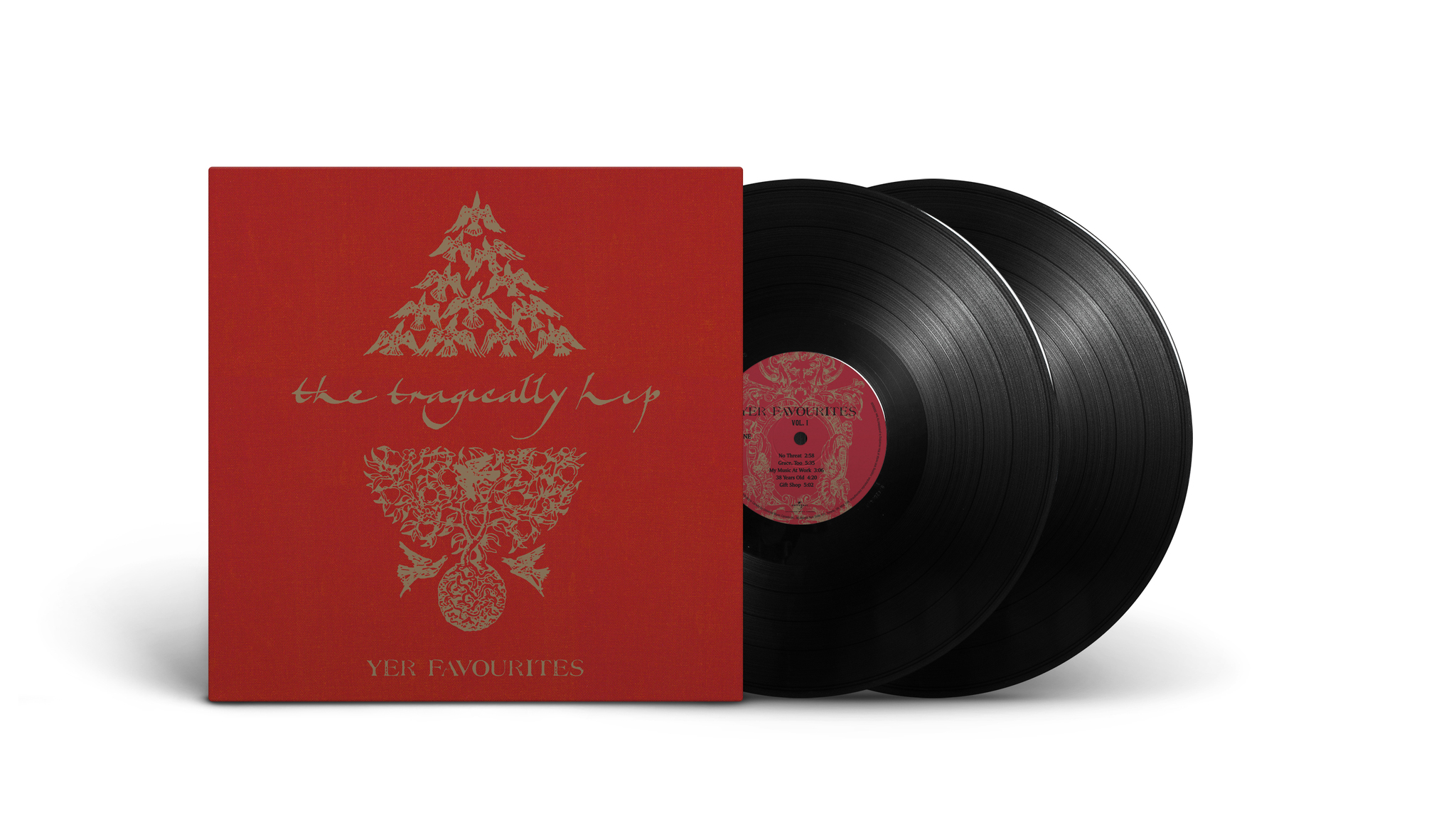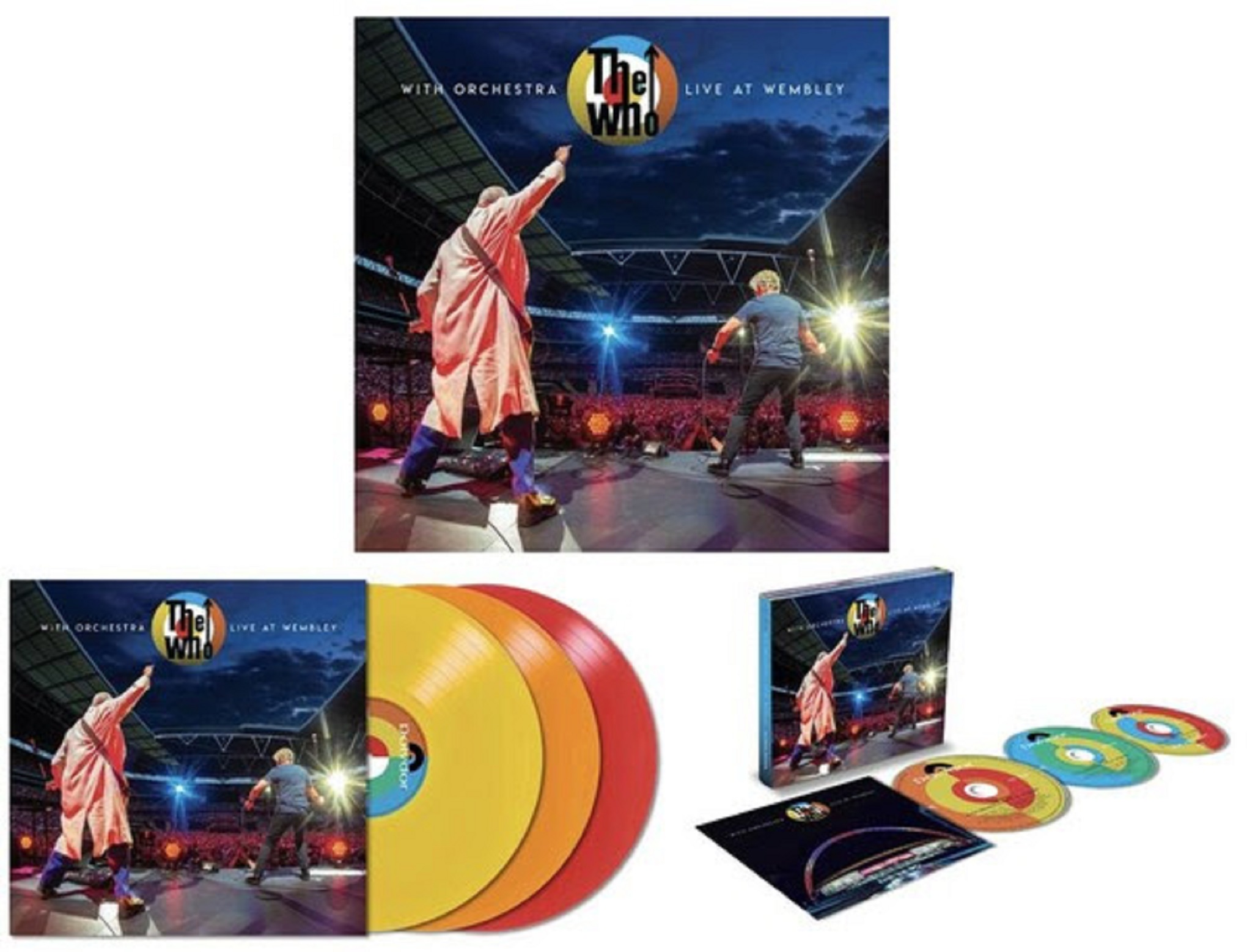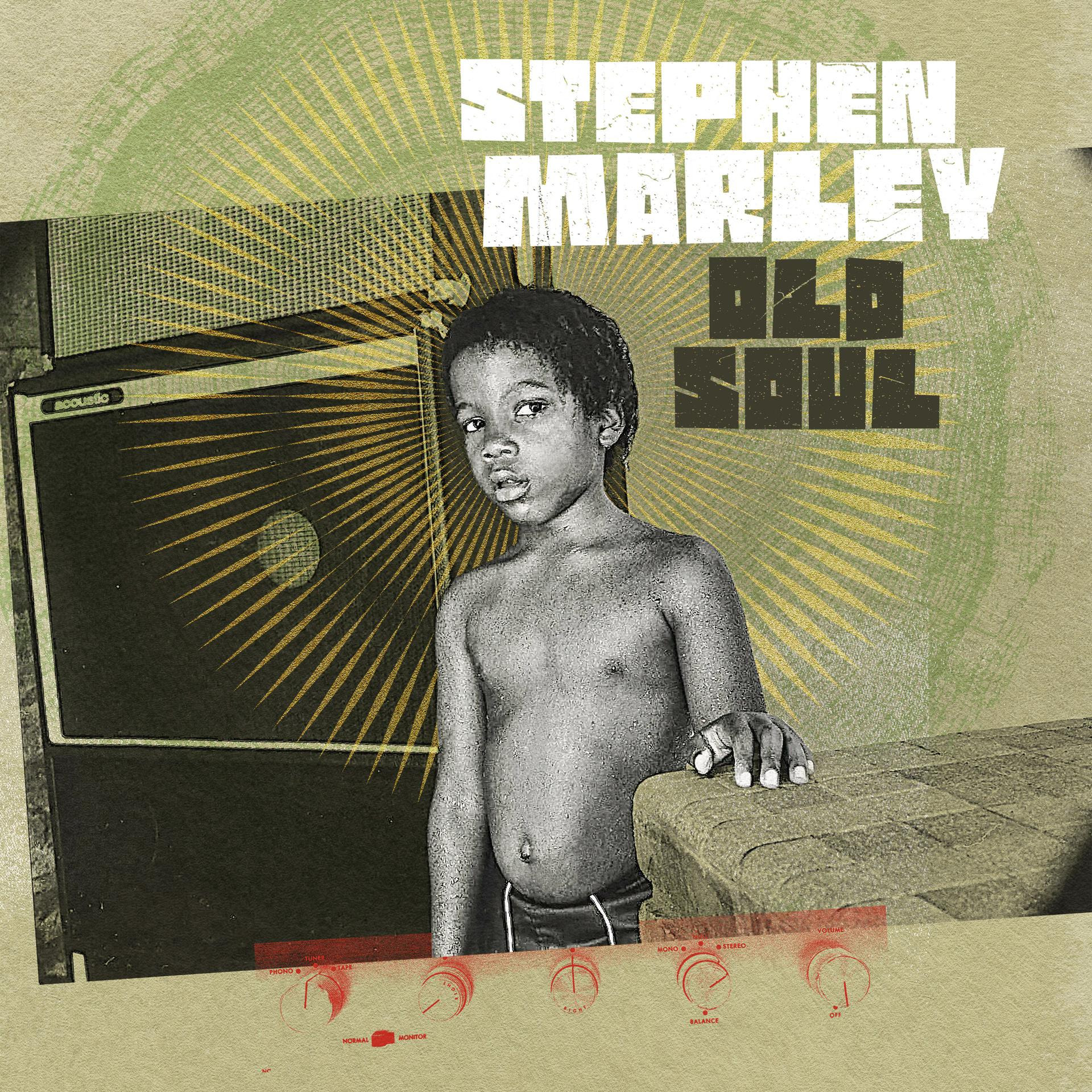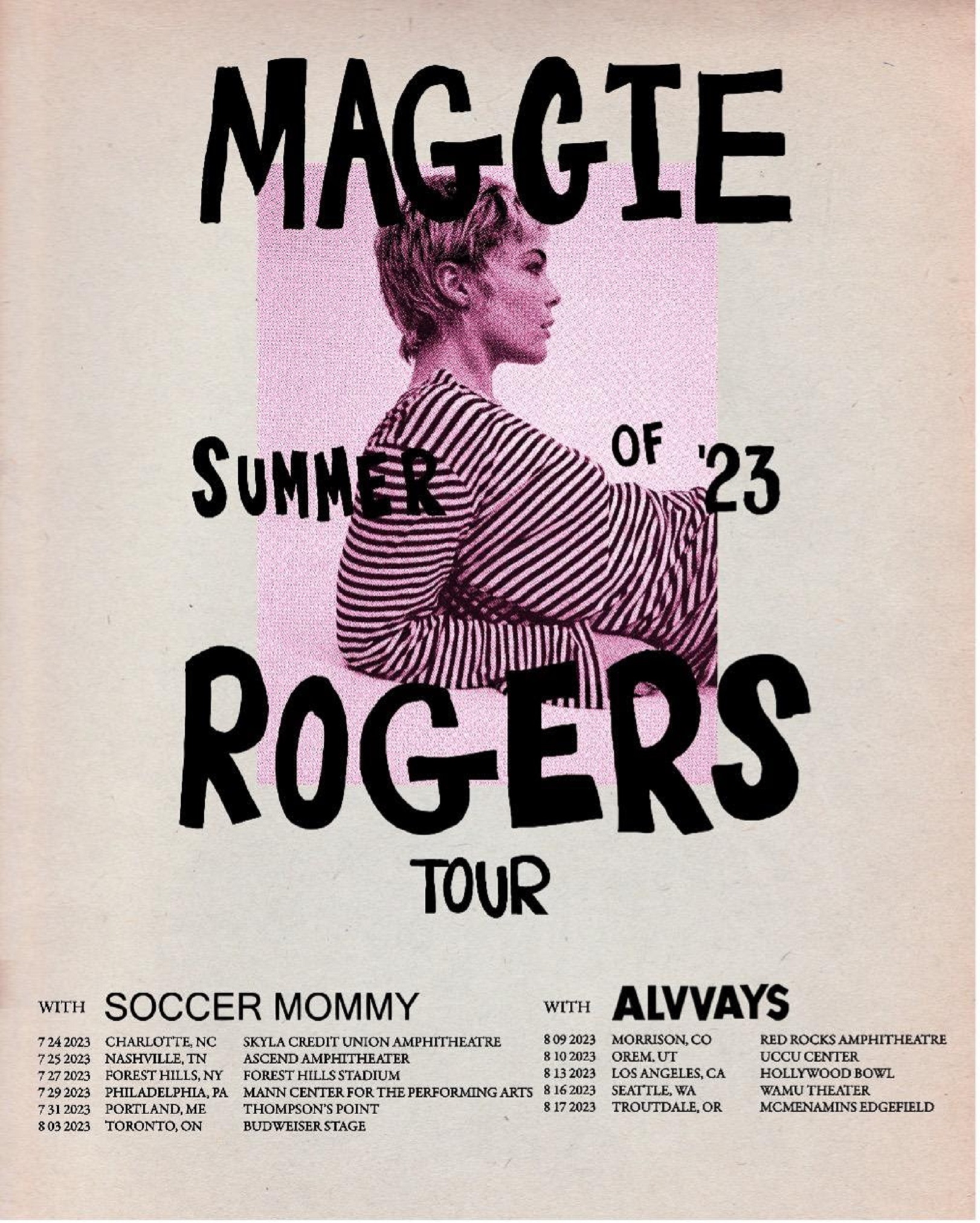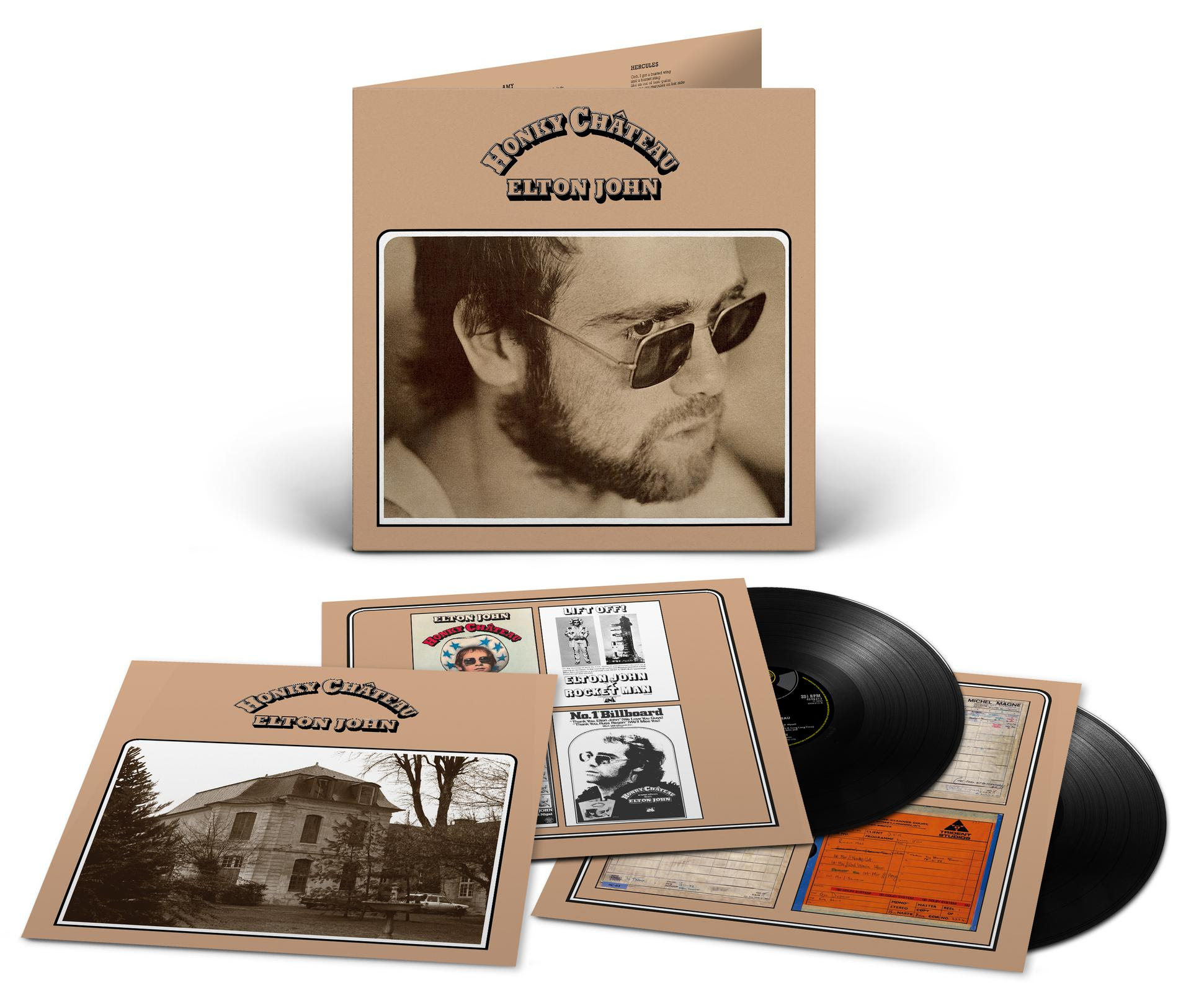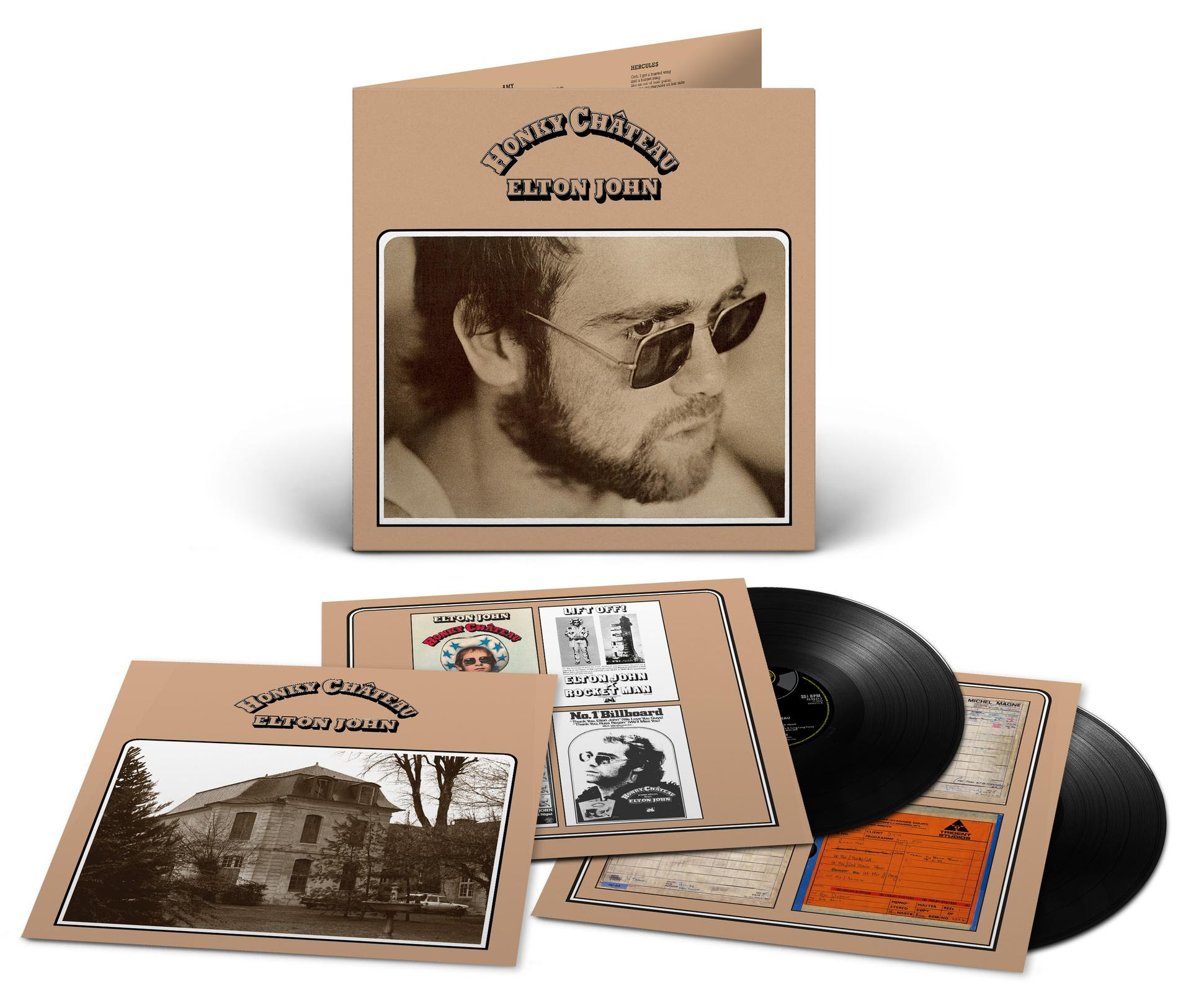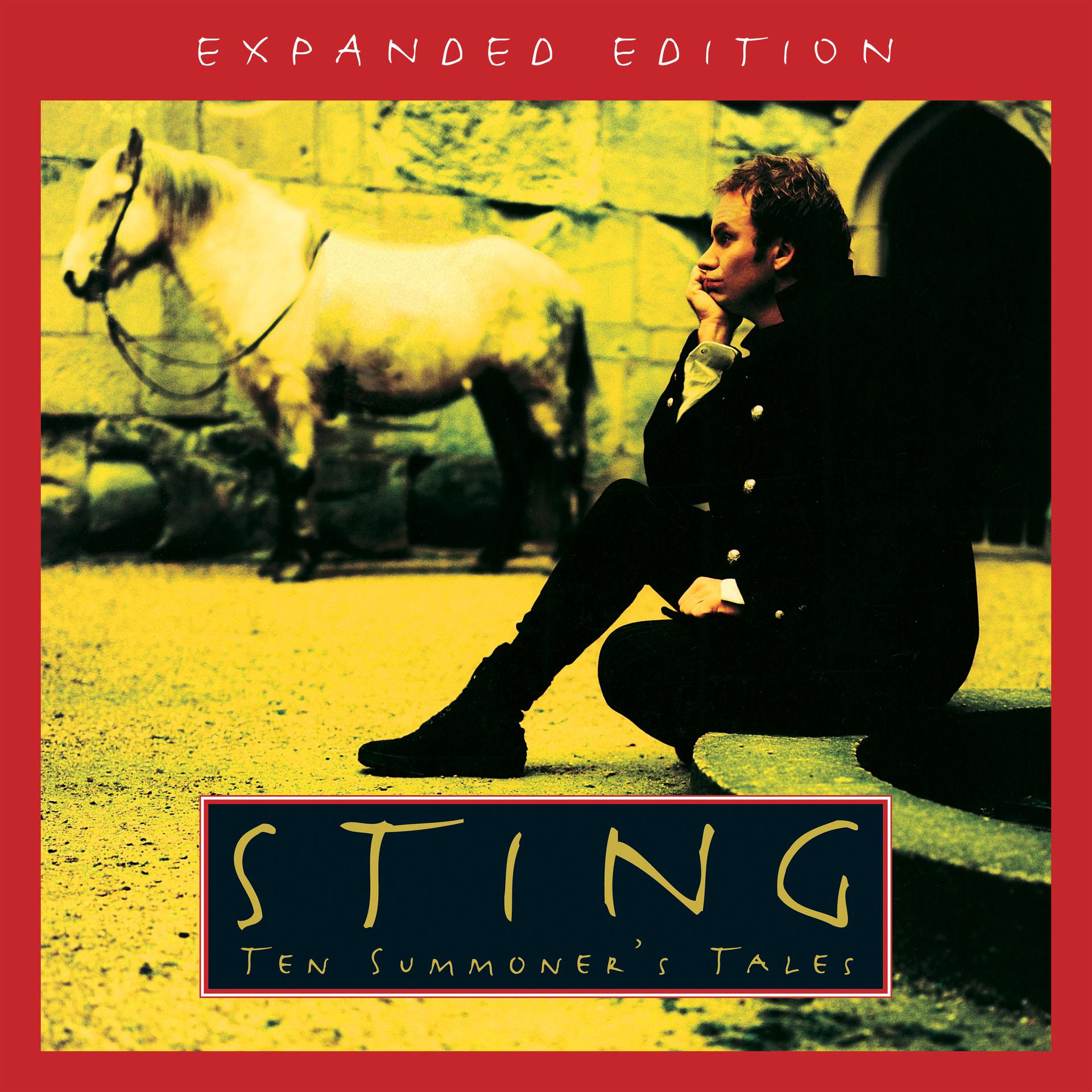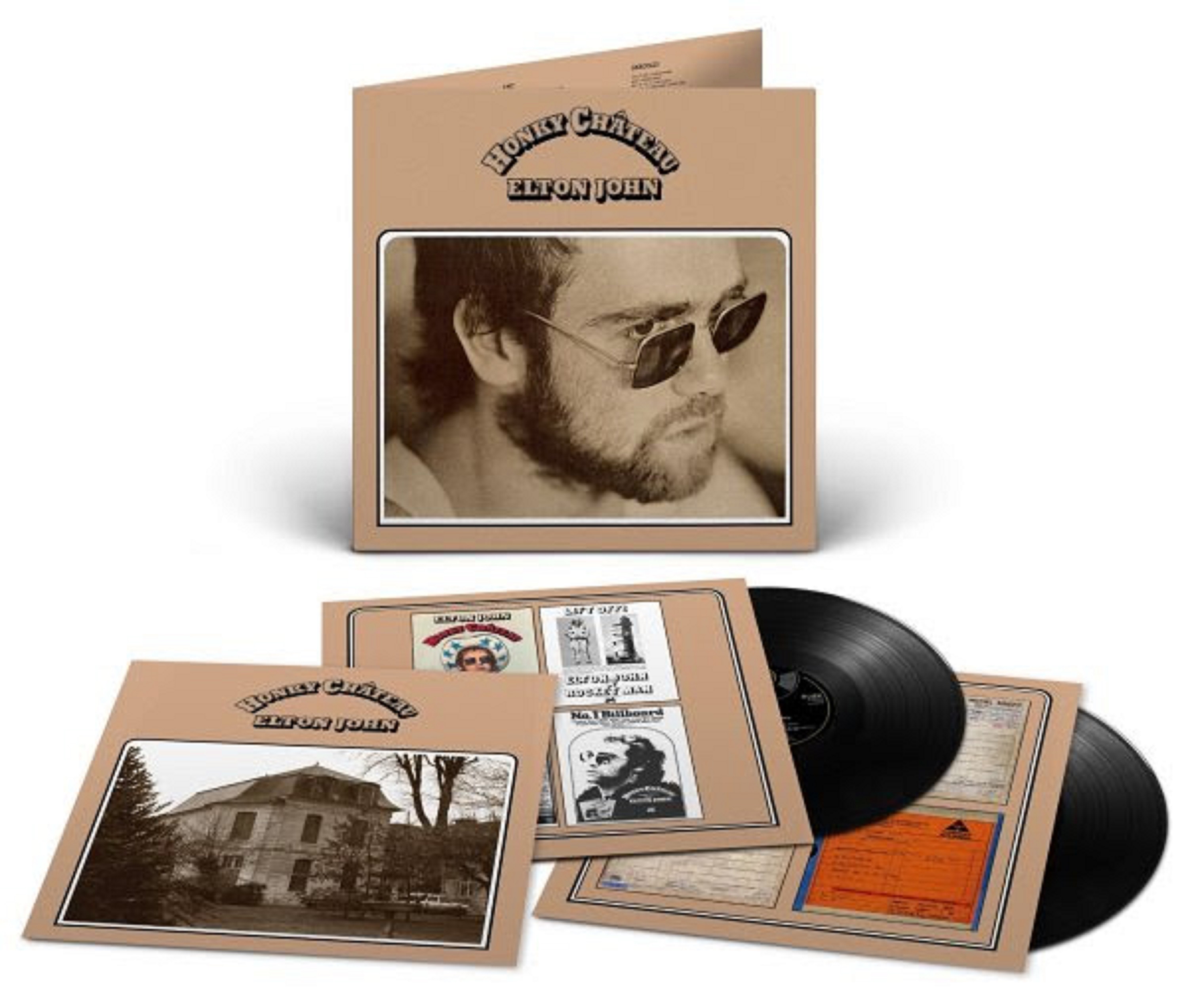The song that came to be known as “Radio Radio” began life in 1975 as “Radio Soul,” written in shameless imitation of Bruce Springsteen’s romantic references to American radio by the 20-year old D.P. MacManus.
The BBC radio of the songwriter’s youth was both magical and mundane. His father sang the hits of the day on live radio broadcasts with a dance band but the recorded music output of “The Light Programme” was limited by a quota called “Needle Time.” The music scene was only illuminated by faint signals beamed in from Radio Luxembourg and shipboard, pirate radio stations.
When Elvis Costello re-recorded his song as “Radio Radio” in 1978, it caught the frustration and disappointment of a listener playing waiting games for one precious airing of a favorite song among the deadening uniformity of daily radio.
When Elvis Costello and the Attractions toured America for the first time in November 1977, the unreleased song was already part of their repertoire. The magnitude of their task in breaking into largely indifferent and equally uniform FM (or even AM) radio became more and more apparent leading Costello to substitute the unknown song in place of the scheduled title, live on-air during their U.S. television debut on “Saturday Night Live.”
It would have been an utter absurdity for Costello and producer Sebastian Krys to ask anyone to re-fight this ancient battle for their Spanish Model album but they were nevertheless startled and delighted when Fito Páez delivered a complete lyrical re-write of “Radio Radio.”
Costello tells us, “I was standing in Disneyland when the first mix arrived on my phone. I held the speaker to my ear. I heard Fito sing my name and the word ‘whiskey’ and I knew he had taken a leap into the dark (or perhaps into the light) and that he was telling his own story.”
“We live in a world to which Joni Mitchell alluded when she wrote the line about ‘none of the crazy you get from too much choice.’ Every device and each circuit is speaking to us, if not yelling at us. It isn’t always easy to hold on to what you love and value but Fito knows how to do that.”
Recording his vocal over the original Attractions instrumental parts Fito Páez sings with unique humor and passion about how he intends to tune out some of that static and nonsense by tuning in “Radio Radio,” the very song he is singing.
Argentine musician Carlos Vandera assisted with the adaptation. Spanish Model will be released September 10 via UMe.
Costello added, “What Fito has given our album is like a great episode of ‘The Twilight Zone’ and almost incidentally an explanation of the very process of making this new album, Spanish Model. I wanted accompanying illustrated and animated clips to complement Fito’s imaginative and funny re-interpretation.”
The musical short film by “Eamon Singer” and Arlo McFurlow imagines Fito discovering This Year’s Model in a San Telmo record store, hailing a cab and flying to London where he brushes pass a welcoming committee including the Queen of England, as he hails another cab to a King’s Road record shop where he discovers a copy of Spanish Model in the racks with his face on the cover.
There is nothing else that he can do than spin the radio dial and pour a relaxing potion.
Ahead of the video’s premiere on YouTube, Costello and Páez discussed the song and album in a compelling nearly half hour chat that delved into how the longtime friends and mutual artistic admirers first met, Costello’s idea and interest in recreating this album for the Spanish-speaking world, Páez’s novel approach to the song, their similar experiences with radio in their respective countries of England and Argentina, and much more. The conversation and video are available to watch here: https://elviscostello.lnk.to/RadioVideoPR
“When we discovered that the actual music on the tape was as vivid and as strong, when you took my voice away, that the band had tremendous force, had tremendous power and cohesion, it was really like a canvas prepared for a new picture,” Costello said in the chat. “Each one of the singers has come in, particularly the young women who have turned the perspective of the song on its head, that has been a transformation that has been very, very exciting to hear. Your interpretation, I didn’t want to ask you to fight a battle that we fought 43 years ago about how radio felt because radio was the only way to communicate. Radio and records, these two things had to live together.”
“Now we have a million different ways to communicate and a million ways to become confused, this is what I feel is what you said in your interpretation. I laughed so much when I heard it, when I heard you singing my name I thought wait a minute, I couldn’t follow it at the speed it was going, he just sang my name and that’s not in the lyrics and neither is whiskey. Sebastian gave me a translation back into English and I understood the humour and I thought this is perfectly pitched for the moment today that we live in a time that things are either greatly over complicated or they are so swiftly dismissed without proper consideration, either thing is a mistake, and you just have such a good humour about the way you say it and it makes our track sound like a crazier kind of energy, which I just loved.”
“Elvis is a titan of the arts, and we receive every artistic gesture as a gift, many great writers are adapted and translated into different languages, like Shakespeare and Borges, why not take a contemporary artist like Elvis and have this be part of his story?,” Páez said. “I lived a very similar experience with radio and the way we got music down there (Rosario, Argentina) so it was destined to happen, that I had to tell this story as well.” He went on to say about his adaptation, “In this case you had to say something that was relevant. I’m so proud of this version, it was one of the most important things I’ve done in my life.”
Sebastian Krys, the Argentine-born, Latin GRAMMY Producer of the Year and Costello’s musical co-conspirator on Spanish Model, moderated the conversation and served as translator for Costello and Páez. He reflected on hearing Páez’s interpretation for the first time: “For me, I remember when Fito sent the song, I couldn’t believe it because it all of a sudden, in a lot of ways, explained the album. That was the song that I was like OK if somebody doesn’t understand what this album is about just listen to this song and this will explain to you what this is all about. It was just a really great moment for me when I heard his version because it really crystalized the idea.”
Spanish Model exudes the same kind of energy and spirit as the original but with a Latin twist. With 19 featured artists representing 10 countries and territories across the Spanish-speaking world including: Argentina, Chile, Colombia, Dominican Republic, Mexico, Peru, Puerto Rico, Spain, Uruguay, plus several from the United States. The album is truly a global, collaborative affair. Costello’s spiky guitars collide with band mates Steve Nieve’s carnival-esque keys and the urgent, propulsive rhythms of bassist Bruce Thomas and drummer Pete Thomas, as The Attractions virtually back a host of Latin music legends, contemporary stars and burgeoning artists for a set of thrilling Spanish-language performances imbued with each artist’s singular identity and style.
Spanish Model features such artists as: Cami, Draco Rosa, Fito Páez, Francisca Valenzuela & Luis Humberto Navejas (lead singer of Enjambre), Gian Marco & Nicole Zignago, Jesse & Joy, Jorge Drexler, Juanes, La Marisoul, Luis Fonsi, Morat, Nina Diaz, Pablo López, Raquel Sofía & Fuego, Sebastián Yatra, and Vega. They sing these timeless and universal songs, which have been expertly translated and adapted into Spanish to retain their meaning, energy, attitude, and wit. The concept represents what may be a first: an artist replacing their vocals with newly recorded performances by other artists singing in another language, backed by the original music.
This Year’s Model, which has been newly remastered, will also be released concurrently on CD and 180-gram black vinyl with the addition of “Big Tears” and “Radio Radio.” A limited edition version, that pairs both Spanish Model and the new pressing of This Year’s Model together as a 180-gram double LP, will be released exclusively via ElvisCostello.com, uDiscover and Sound Of Vinyl webstores.
Elvis Costello & The Attractions (with Various Artists) — SPANISH MODEL [CD + LP]
CD/DIGITAL
All Songs With Elvis Costello & The Attractions
1. No Action – Nina Diaz
2. (Yo No Quiero Ir A) Chelsea ((I Don't Want To Go To) Chelsea) - Raquel Sofía y Fuego
3. Yo Te Vi (The Beat) – Draco Rosa
4. Pump It Up – Juanes
5. Detonantes (Little Triggers) – La Marisoul
6. Tu Eres Para Mi (You Belong To Me) – Luis Fonsi
7. Hand In Hand – Francisca Valenzuela y Luis Humberto Navejas
8. La Chica de Hoy (This Year's Girl) – Cami
9. Mentira (Lip Service) – Pablo López
10. Viviendo en el Paraiso (Living In Paradise) – Jesse & Joy
11. Lipstick Vogue – Morat
12. La Turba (Night Rally) – Jorge Drexler
13. Llorar (Big Tears) – Sebastián Yatra
14. Radio Radio – Fito Páez
15. Crawling To The U.S.A. - Gian Marco y Nicole Zignago
16. Se Esta Perdiendo La Inocencia (Running Out Of Angels) - Vega
LP
SIDE A
1. No Action – Nina Diaz
2. (Yo No Quiero Ir A) Chelsea ((I Don't Want To Go To) Chelsea) - Raquel Sofía y Fuego
3. Yo Te Vi (The Beat) – Draco Rosa
4. Pump It Up – Juanes
5. Detonantes (Little Triggers) – La Marisoul
6. Tu Eres Para Mi (You Belong To Me) – Luis Fonsi
7. Hand In Hand – Francisca Valenzuela y Luis Humberto Navejas
8. La Chica de Hoy (This Year's Girl) – Cami
SIDE B
1. Mentira (Lip Service) – Pablo López
2. Viviendo en el Paraiso (Living In Paradise) – Jesse & Joy
3. Lipstick Vogue – Morat
4. La Turba (Night Rally) – Jorge Drexler
5. Llorar (Big Tears) – Sebastián Yatra
6. Radio Radio – Fito Páez
7. Crawling To The U.S.A. - Gian Marco y Nicole Zignago
8. Se Esta Perdiendo La Inocencia (Running Out Of Angels) – Vega





